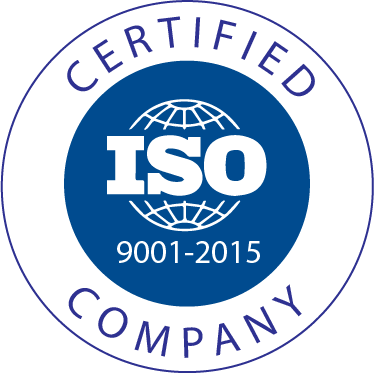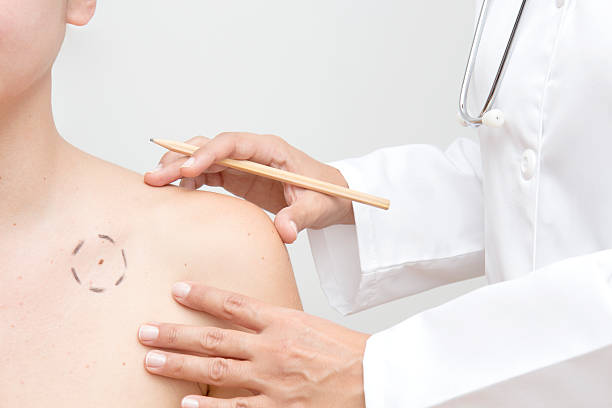Skin Cancer Treatment in India starts from $4000. The total cost of the treatment depends on the diagnosis and facilities opted by the patient.
Skin cancer is the most common type of cancer. It typically affects people with lighter skin tone. Skin cancer is the uncontrolled and abnormal growth of destructive malignant skin cells. It occurs when unrepairable DNA damage that occurs in the skin cells triggers a mutation that makes them multiply rapidly and form malignant skin tumors.
Skin cancer is mostly caused by ultraviolet radiation from sunshine or tanning beds. Skin cancers have a limited potential to spread to other parts of the body and may become life-threatening if not treated on time. They are common and can be effectively treated but the treatment of some forms of skin cancers can be difficult. However, early diagnosis and treatment can increase the survival rate.
Types of Skin Cancer
The following are the three common types of skin cancers:
- Basal cell skin cancer: This type of skin cancer is present in sun-exposed areas of the skin. Basal cell skin cancer rarely spread to other body parts (metastasize) and do not cause death. They are very common and easily treatable.
- Squamous cell skin cancer: These skin cancers are also common but less common than basal cell cancers. They can metastasize but the metastasis rate is very low. They are also non-life threatening and can be treated easily.
- Melanoma: This type of skin cancer originates from the pigment that gives color to the skin called melanocyte. It is less common and more dangerous than the first two types of skin cancer. However, if melanoma is recognized and treated early, it is almost curable. Advanced stage melanoma can spread to other parts of the body and is hard to treat. It can be life-threatening as well.
There are also some other types of skin cancers such as Merkel cell skin cancer, Kaposi sarcoma skin cancer and lymphoma of the skin, but these are rare. Although, some of these are aggressive skin cancers and has a high risk of recurrence.
Skin Cancer: Symptoms
The typical skin cancer symptoms vary from patient to patient. The symptoms also vary depending on the type of skin cancer that the patient has.
However, basal and squamous skin cancers can have some common symptoms, which include:
- Flat, firm, pale or yellow areas, similar to scars
- Raised reddish patches that might be itchy without pain
- Small, pink or red, shiny, translucent, pearly bumps, which may have blue, brown or black areas
- Raised growth and lumps with a lower area in their center, which might contain abnormal blood vessels spreading out
- Open sores that do not heal, or come back after healing
- Rough or scaly red patches, which may crust or bleed
Melanoma skin cancer can have some different types of skin cancer symptoms. There is an ABCDE rule guide that explains the melanoma symptoms:
- A is for Asymmetry: One half of a mole or birthmark that does not match the other half.
- B is for Border: The edges are ragged, irregular, notched, or blurred.
- C is for Color: The color is not the same throughout the mole and may include different shades and patches of brown or black, pink, red, white, or blue.
- D is for Diameter: The spot or skin growth is larger than 6 millimeters across, although melanomas can sometimes be smaller than this.
- E is for Evolving: There is a change in size, shape, color, or surface of the mole.






